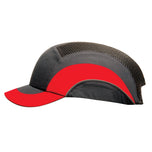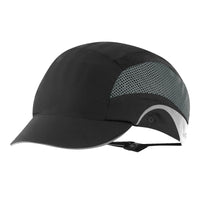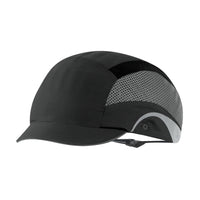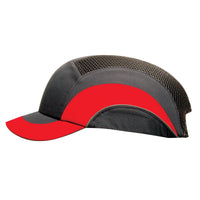Bump Caps
If you are a mechanic, plumber, electrician, or warehouse worker you will have undoubtedly stood up after working down low only to bash your head on something above you. This is where the bump cap can save a lot of pain and headache. Designed to look like a baseball cap and be as unobtrusive as possible these simple caps offer protection against bumps and scrapes that can be very painful. If you are more concerned about items being dropped on you then you should consider a Hard Hat instead!
Read more















